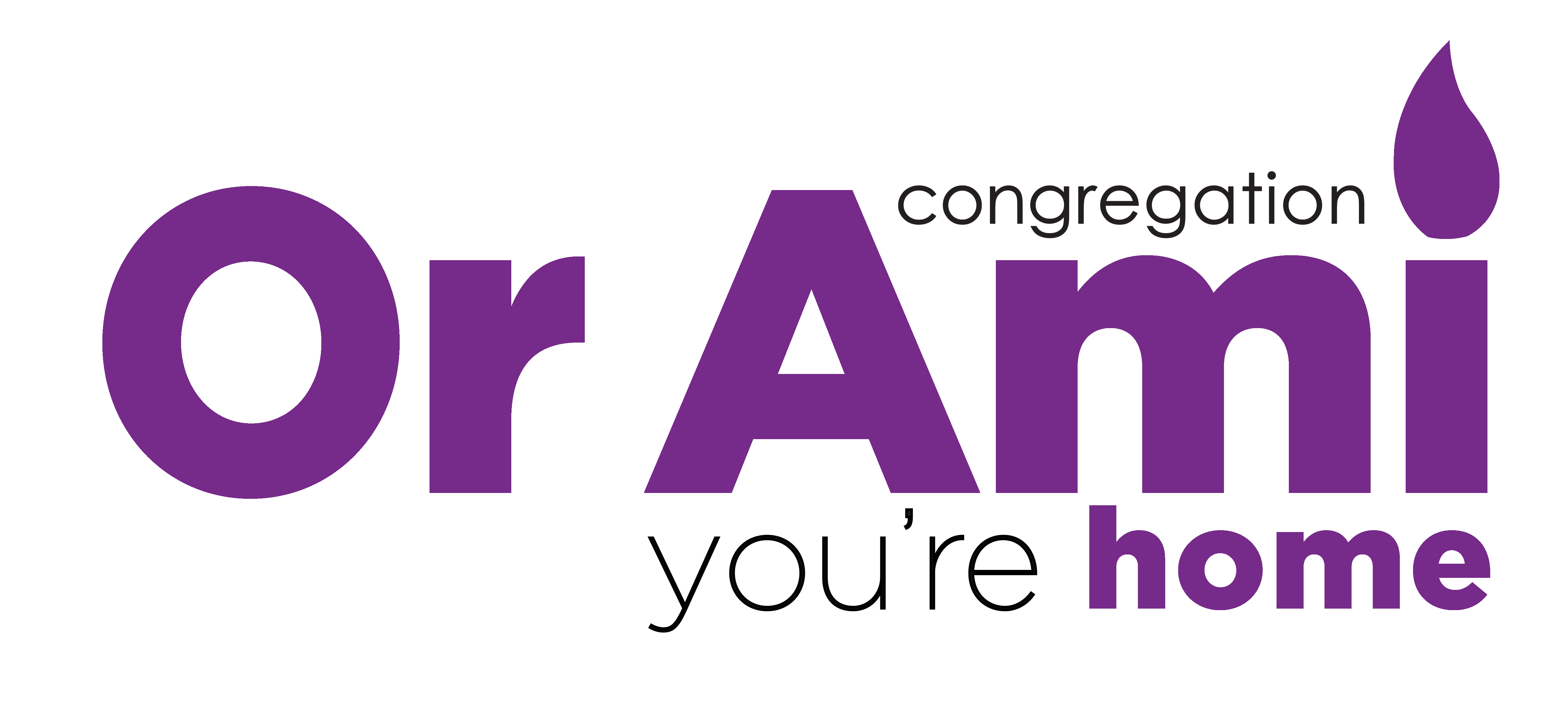![]() Chanukah as a Second Sukkot:
Chanukah as a Second Sukkot: ![]()
The “True Story of Chanukah”
by Rabbi Paul Kipnes | Congregation Or Ami | Calabasas, CA
www.orami.org | http://rabbipaul.blogspot.com
rabbipaul@orami.org | (818) 888-8290

Around this time each year, Chanukah celebrants worldwide remember the popular “Miracle of Oil” story. We recount when the Maccabees recaptured the Temple in Jerusalem, they worked hard to clean it up. They removed the idols and broke apart the altars. They built new altars out of new uncut stones, polished the special holy bowls and tools, put new loaves of challah on the table and hung the curtains. Then they were ready to celebrate. The Maccabees wanted to light the Temple’s golden Menorah. But they found only one small jar of sacred oil in the Temple, enough to burn for just one day. As messengers went to collect more oil, the Maccabees decided to light the Menorah with the small quantity of oil that they had found. With God’s help, a miracle happened – the oil burned for eight days.
However, the “Miracle of Oil” story is not the whole story of Chanukah. It was reported in the Babylonian Talmud in 500 C.E., almost 700 years after the Maccabees recaptured the Temple. The editors of this story recast the Macacbean revolution as the story of miracles. They were worried that subsequent generations of Jews, living under oppressive conditions, might turn to the example of the Maccabees and take up arms against their medieval oppressors. By inventing the story to emphasize God’s miraculous actions in the past, these ancient rabbis taught that miracles occur because God makes them occur. Therefore, they taught, our role in life is to pray for God’s intervention in the world.

A more accurate historical record of the Maccabean war is found in the Second Book of Maccabees. This book, written for Jews who lived outside the land of Israel, was composed around 120 BCE – about 300 years after the first Chanukah. The Second Book of Maccabees explains that the mitzvah of celebrating eight days of Hanukkah was actually invented as a substitute for celebrating the eight days of Sukkot. It does not mention the “Miracle of Oil” story.
This “Second Sukkot” story teaches that when the Maccabees recaptured the Temple in Jerusalem, they worked removed the idols and broke apart the altars. They built new altars out of new uncut stones, polished the special holy bowls and tools, put new loaves of challah on the table and hung the curtains. Then they were ready to celebrate. It was winter; Sukkot was long past. King Antiochus, who had forbidden Jews to study Torah or circumcise the male babies, also prohibited Jews from participating in Sukkot celebrations (one of three important pilgrimage holidays). With the Temple holy again, each Maccabee took an etrog and a lulav and made a special, mid-winter celebration of Sukkot. This was the first celebration of Chanukah. Note that Chanukah, like Sukkot, lasts eight days. The message of this “Second Sukkot” account is clear: Judaism is so important that, if necessary, Jews will create new ways to observe our Jewish tradition.
By: Rabbi Paul Kipnes | Congregation Or Ami | Calabasas, CA | www.orami.org | http://rabbipaul.blogspot.com | rabbipaul@orami.org | (818) 888-8290
